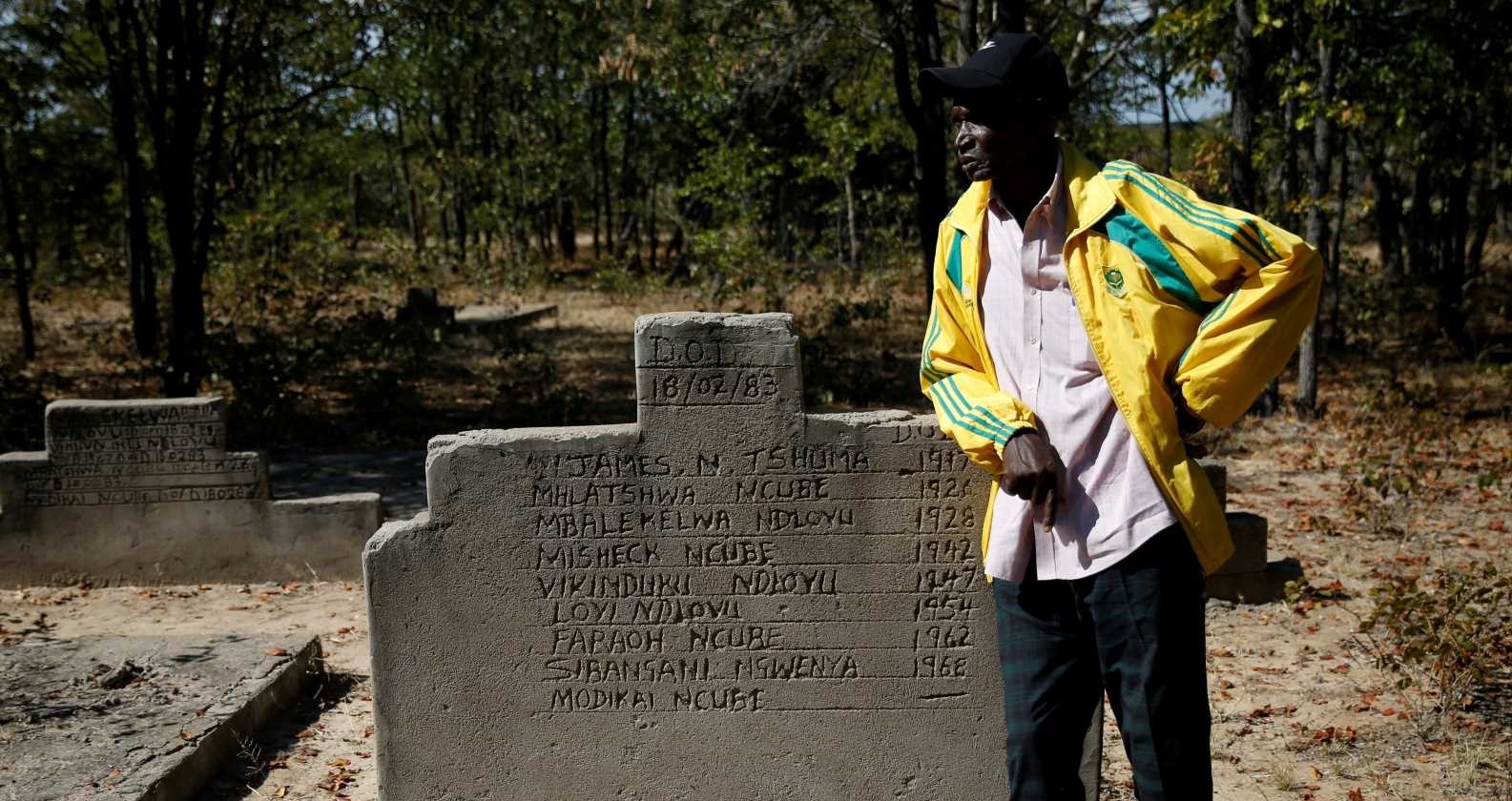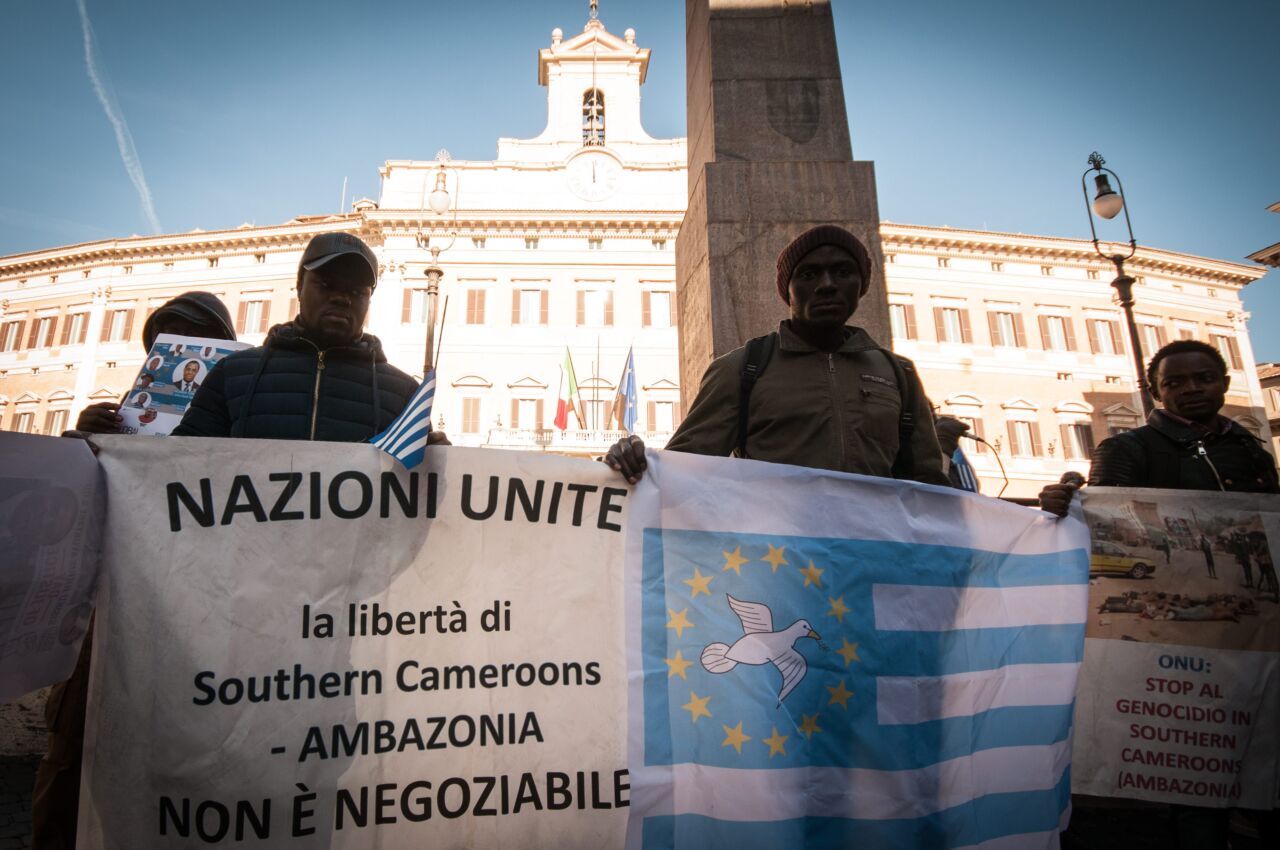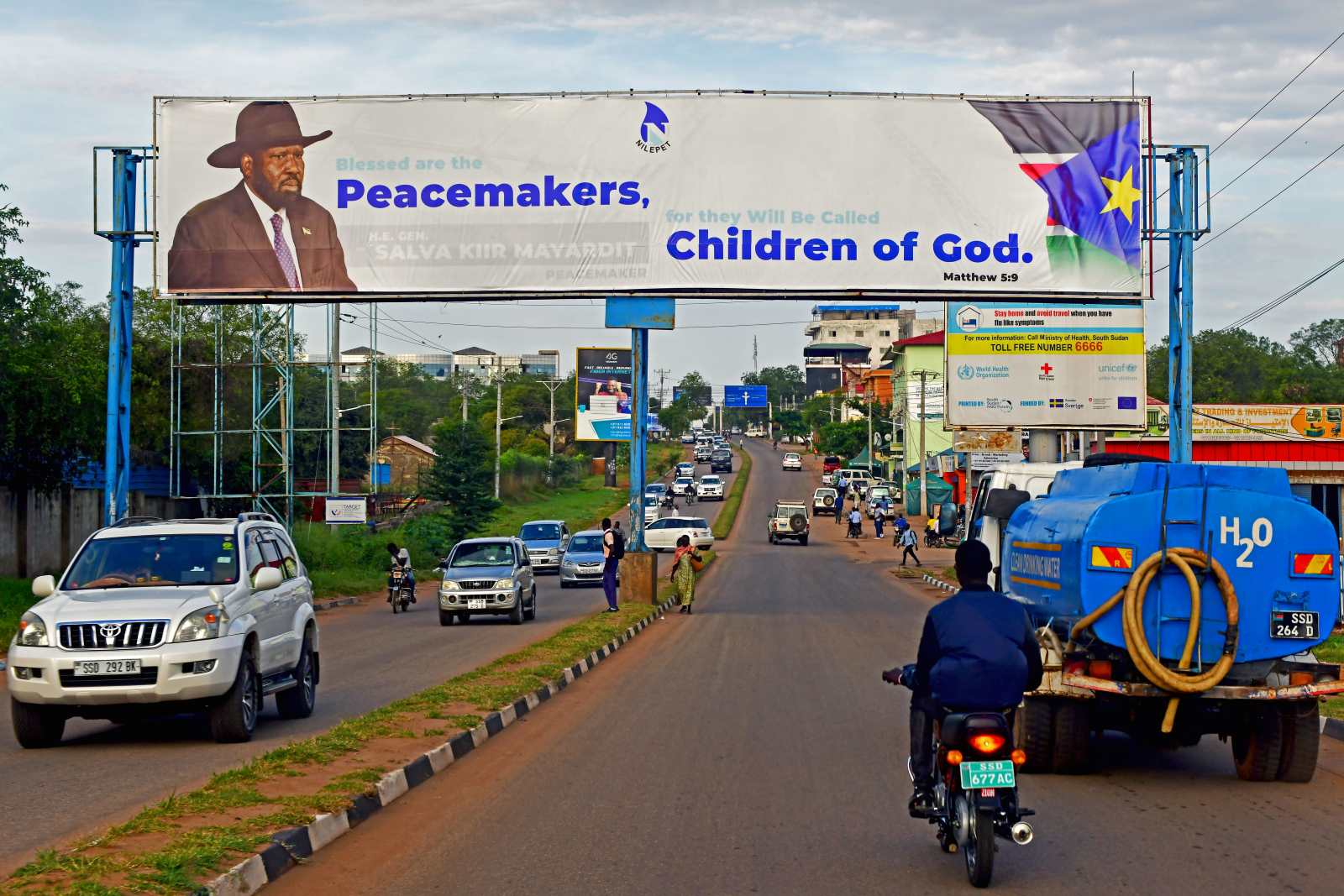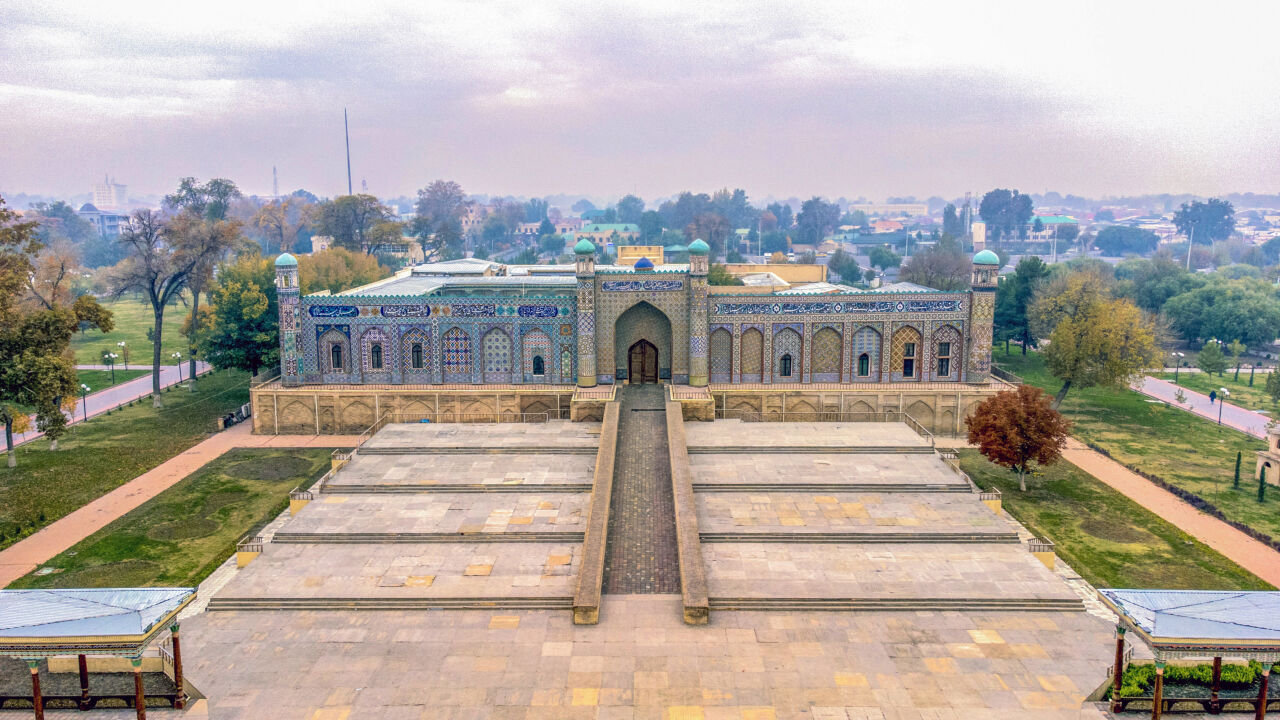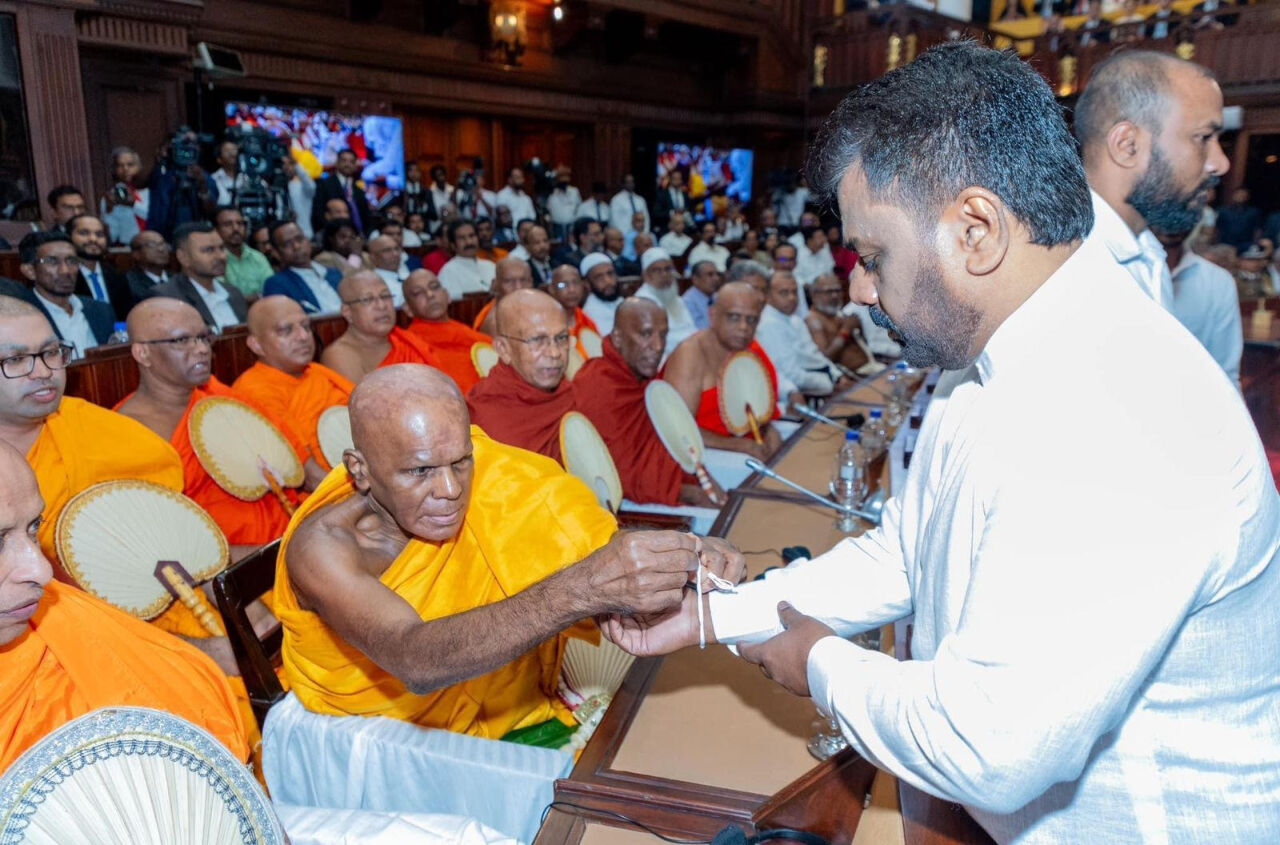Ethnic identity
Ethnicity is a fundamental part of African societies

According to estimates, there are over 3,000 ethnic groups in Africa. Hardly any of the continent’s 55 countries are ethnically homogenous. The majority of Africans feel that they belong to one of these groups. Ethnicity, the constitution of shared ancestry and culture, is one of the most important identity markers in all of Africa.
This situation harbours enormous cultural diversity as well as the potential for conflict. Many of the most severe conflicts on the continent were ethnically motivated.
The Biafra War broke out at the end of the 1960s because the Igbo felt disadvantaged compared to other Nigerian ethnic groups, were increasingly exposed to attacks and declared their independence from Nigeria. At least one million people died.
In Zimbabwe, the Shona-speaking ruling party ZANU-PF, which is still in power, committed genocide against the Ndebele in the 1980s. Around 20,000 people were killed. Since then, the government has systematically neglected Matabeleland, the region where the Ndebele people live. The long-standing civil wars in Liberia and between South Sudan and Sudan were also shaped by ethnic conflicts.
There has been violence between ethnic groups in South Africa too. During the transition from the apartheid government to democracy between 1990 and 1994, Johannesburg’s townships descended into civil war-like conditions. The conflict played out primarily between the Zulu and the Xhosa.
Europe shares responsibility for ethnic conflicts
South Africa is an example for how the incursion of Europeans into Africa as missionaries or colonists exacerbated such ethnic tensions or even triggered them in the first place. People have only identified primarily as Zulu or Xhosa since the Christian mission came to South Africa at the beginning of the 19th century. Previously, the clan and chiefdom that one belonged to played a much more important role.
The mission’s problem was that it needed to translate the Bible in order to make it accessible to the local people. There was no written language, however, so one had to be defined. The question was whether the various speech forms used by the Zulu, Xhosa and their chiefdoms were similar enough to be considered a single language into which the Bible could be translated. It was ultimately decided that there were two languages: isiZulu and isiXhosa. The result was that the children of the Mpondo chiefdom were taught in isiXhosa and the children of the Hlubi chiefdom in isiZulu, even if this categorisation was by no means this clear beforehand. Over time, these children began to adopt Zulu or Xhosa as their language-based identities.
Genocide in Rwanda
The genocide on the African continent that claimed the most lives in the shortest time was also favoured by the colonists’ ignorance of local conditions. Thirty years ago, the Hutu in Rwanda killed around 75 % of the Tutsi minority and moderate Hutu in just under 100 days. According to some estimates, a total of one million people were killed.
It is a very controversial question in cultural anthropology whether Hutu and Tutsi are distinct ethnic groups. While they have different cultural practices, they share a belief system, traditions and a language, Kinyarwanda. In precolonial times, the Tutsi were members of the reigning class in the kingdom of Rwabugiri and ruled over the Hutu. The system was based on repression, but class mobility was possible: a Hutu could become a Tutsi and vice versa.
During the ten years of their colonial rule at the beginning of the 20th century, the Germans interpreted Rwandan society based on racist theories: they believed that the Tutsi were Nilotic, originally related to “Caucasian” and therefore European peoples. They considered the Hutu, on the other hand, to be one of the “Negrid” ethnic groups of Central Africa. Thus, it seemed logical to the German colonial power that the Tutsi had higher status, and they integrated them into their colonial system as local authorities.
Belgium succeeded Germany and codified the group membership of its colonial subjects in passports in the 1930s. Only those who had ten or more cattle on the appointed day were considered Tutsi. From that moment on, group membership was inherited patrilineally. Class mobility was thereby abolished – whoever was a Hutu, stayed a Hutu. These definitions cemented ethnic boundaries that had been more fluid in the past and determined the course of history in Rwanda – and in its ethnically very similar neighbour, Burundi, which also experienced years-long bloody conflicts between the Hutu and the Tutsi.
Colonialism and World War II were followed by development aid. Foreigners in the country – particularly missionaries – saw it as their job to help the underprivileged Hutu instead of promoting the Tutsi elite. Hutu now received more schooling and demanded political representation.
After Belgium withdrew, conflicts between the two groups intensified in the second half of the 20th century, culminating in the genocide of the Tutsi.
Colonial border demarcations
It is common knowledge that European colonists divided Africa relatively arbitrarily. They drew borders and created countries that were home to ethnic groups that had been indifferent to each other at best and enemies at worst. There is now evidence that colonial powers did not always act entirely at will. In some cases, they relied on cultural anthropologists and local elites to take into account existing ethnic territories as a way to avoid conflicts within colonies from the start.
However, in many newly created countries, this approach did not apply or was based on faulty assumptions. The consequences are still leading to bloody conflicts even in the 21st century. Kenya, for example, is home to ethnicities from two groups of peoples who have little in common linguistically or culturally. The Bantu peoples of the Kikuyu, Kamba or Kisii, together with Nilotic ethnic groups such as the Luo, Maasai or Kalenjin, were now to identify collectively as Kenyans.
After the 2007 elections, Kenya stood at the brink of a civil war between its three largest ethnic groups, with the Kikuyu on one side and the Luo and Kalenjin on the other. Over a thousand people died and around 620,000 were displaced, mostly internally.
Ethnic identities today
Even today, ethnic tensions run high during every election in Kenya, because the majority of the country votes for candidates that belong to their own ethnic group. Corruption and cronyism on behalf of one’s own community determine to some extent how quickly documents can be accessed or whether a person finds a job. Even in supposed melting pots like Nairobi, there are neighbourhoods that are mostly home to just one ethnic group. Classifications into larger ethnolinguistic groups also continue to play a role for some: Bantu peoples can count on more support from one another than from Nilotes. Like in many places in Africa, a person’s ethnicity is revealed by their last name.
Elsewhere, too, ethnic identity still impacts daily life. In Nigeria, it can make a considerable difference which ethnic group someone belongs to, not only when looking for housing or a job, and there are also tendencies in the Nigerian diaspora to remain within one’s own group. Igbo in particular continue to suffer from discrimination.
In Zimbabwe, the government still practices identity politics to stay in power, and Shona and Ndebele speakers greet each other with mistrust. In South Africa, Xhosa and Zulu identities are being cemented by school language policies to this day. In South Sudan, the Dinka, the largest ethnic group, now dominate the government and authorities, often at the disadvantage of smaller groups.
Pan-Africanism
However, there have also been opposing trends since African countries gained independence. Prominent figures on the continent like Kwame Nkrumah, the first president of Ghana, and Julius Nyerere, Tanzania’s first president, propagated Pan-Africanism, the unity of all African people worldwide regardless of ethnicity and nationality.
The idea still has a certain power. Above all, young people on the continent are increasingly identifying as African and also with their nationality.
At the same time, Africa’s ethnic diversity is a wealth that ought to be preserved under all circumstances. That means, however, that governments and civil society are called on to protect it from being usurped by identity politics and their consequences.
Katharina Wilhelm Otieno belongs to the editorial team of D+C/E+Z.
euz.editor@dandc.eu


